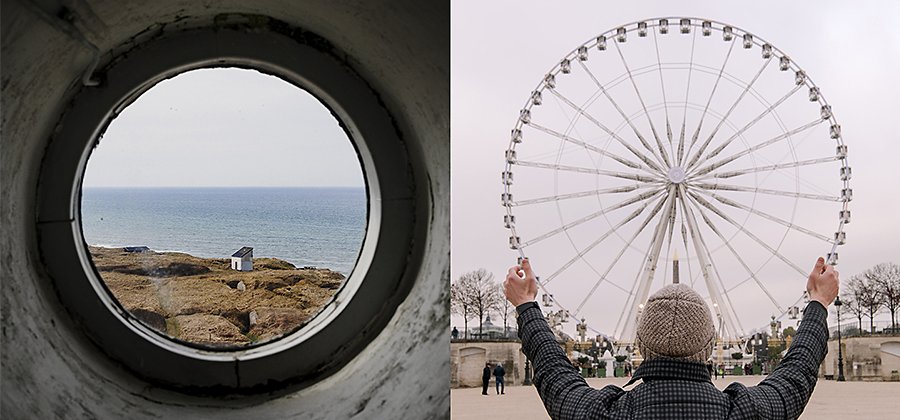

Family 
Resentment


Emergency 
Concern/worry


Large dog 
Caution/Fear









Match on action:
A editing technique that involves cutting in the middle of action and following the cut with a scene that matches the first shots’ action.

Graphic match:
Editing technique that involves editing two scenes to the same composition of colour, shapes and/or movement of the scene. Usually used within transitions.

Eyeline match:
Eyeline match is an editing technique that is used to give the audience a perspective on what the characters are seeing.

J cuts:
An editing technique that involves cutting the audio track from a following track and overlapping it with the previous scene before it following scene is shown.

L cuts:
Editing technique that involves cutting the audio from a previous track and overlapping it with the following scene. Audio from the previous scene overlaps the following scene.
Editing is the process of selecting and preparing footage, visual, audio or cinematic material. Editing is done by a specialized user to portray information or convey a message. Editing is both a creative and technical part of a post-production process and is one of the essential elements in film making.


One point perspective:
The art of crafting shots in film with complete or near symmetry. The technique is used to build tension or represent a characters mental/emotional state state. The composition of these shots draws the viewer to a specific focal point within the frame (i.e, the centre).

Symmetry:
Symmetry is the organised composition in where the material/environment/subject is mirrored within the frame. The shot is meant to make the audience feel as if they are being dragged into the shot itself.
Deep focus:
Deep focus refers to a technique where all elements of an image- foreground, middleground, and background- are all in sharp focus.
Steadicam tracking shots:
Shots where the camera follows a subject forward or alongside the subject. The camera is mounted onto a dolly and placed onto rails.

What went well:
-Worked within the given time limit (worked efficiently)
-All scenes that were decided on were shot quickly
-Planning and discussion was efficient and we managed to consider everyone’s ideas.
-There was a varied use of cinematography shots and techniques, i.e. Close ups, low angles, medium shots, etc.
What we could do better:
-Include more of the script dialogue
-Include more shots involving cinematography
-Have more variety in terms of shot techniques
-Taking longer shots in the same location; rather than constantly moving location.
–
Intra-diegetic (firstperson): ‘Hereditary’
During Charlie’s death scene; the audience is placed in Charlie’s perspective. The use of subjective camera angles creates a relationship between the character (in the film) and the audience.

Extra-diegetic (secondperson): ‘Deadpool 2’
Deadpool 2 contains scenes throughout the film where Deadpool directly addresses the audience. Breaking the 4th wall in films makes the audience feel involved, but the repetitive uses of Extra-diegetic techniques can sometimes break the immersion between the audience and the film.

Diegetic perspective (third-person): ‘her’
A perspective that presents the audience with content and subjects for them to focus on. In this example from the movie ‘her’, Theodore is dressed and positioned to stand out; from the color of the clothes he’s wearing; to the various couples who surround him. He’s essentially separated from the rest of the crowd.

Cinematography is the art and use of motion capture technology. It involves techniques such as composition of a scene; the lighting of the set or the location; the choice of cameras, lenses, filters, film stock; camera angles and movements; and integration of any special effects. -britannica.com

A cinematographer is the one responsible for the development, look, and feel of the images that make up the final scene.
Extension:
Directors are the ones who lead the creative side of the film; all the way from post-production to editing. -screenskills.com

